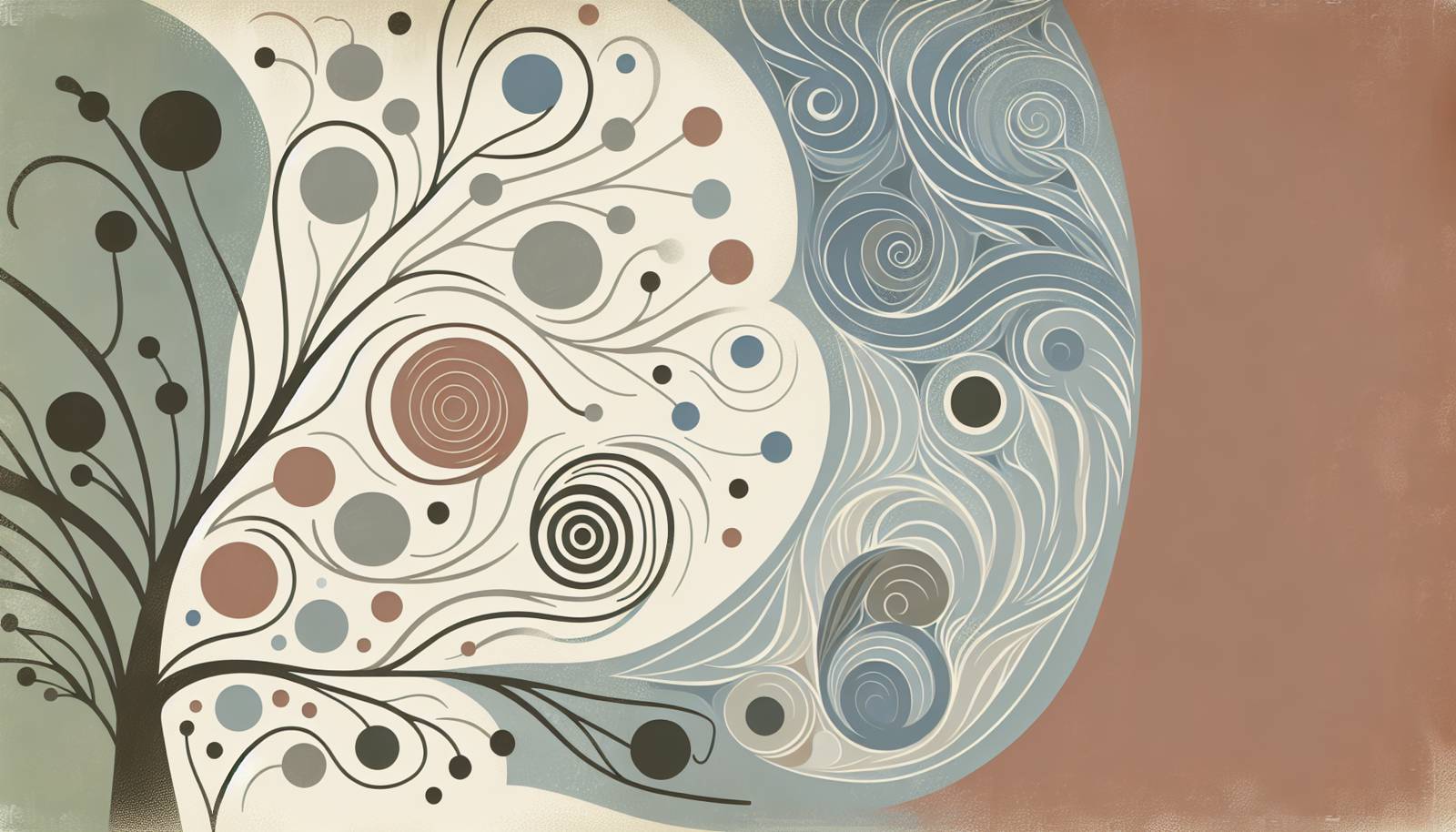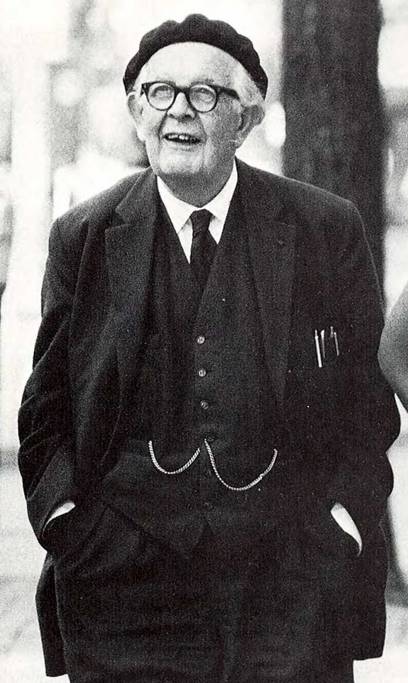
FAQ About Jean Piaget

Who was Jean Piaget?
Jean Piaget was a Swiss psychologist renowned for his pioneering work in child development. He is best known for his theory of cognitive development that describes how children construct a mental model of the world. His work laid the foundation for understanding how children acquire knowledge, and he influenced modern educational practices significantly.

What is Piaget's theory of cognitive development?
Piaget's theory of cognitive development is a comprehensive framework that explains how children's thinking evolves over time. He proposed that children progress through four distinct stages of development: the sensorimotor stage, preoperational stage, concrete operational stage, and formal operational stage. Each stage is characterized by different abilities and ways of thinking and understanding the world.

What are the four stages of Piaget's cognitive development theory?
The four stages of Piaget's cognitive development theory are:
1. Sensorimotor Stage (Birth to 2 years): During this stage, infants learn about the world through their senses and actions. They develop object permanence, the understanding that objects continue to exist even when they cannot be seen.
2. Preoperational Stage (2 to 7 years): At this stage, children develop memory and imagination. They are capable of symbolic play and learn to use language, but they do not yet understand concrete logic.
3. Concrete Operational Stage (7 to 11 years): Children begin to think logically about concrete events. They gain a better understanding of the concept of conservation and can organize objects logically.
4. Formal Operational Stage (12 years and up): In this stage, the ability to think about abstract concepts emerges. Adolescents can perform logical thought, deduction, and systematic planning.

How did Jean Piaget influence modern education?
Jean Piaget's research significantly influenced modern education by providing a framework for understanding children's cognitive development. His findings have encouraged educators to adopt child-centered learning practices that emphasize active learning and exploration. Piaget’s stages of development guide teachers in creating age-appropriate learning activities that align with the students' cognitive abilities, promoting effective learning experiences.

What is the concept of "schema" in Piaget's theory?
In Piaget's theory, a "schema" refers to a cognitive framework or concept that helps individuals organize and interpret information. Schemas grow more complex as we encounter new experiences, allowing us to understand and respond to various situations. Piaget believed that children use and adapt these schemas through processes called assimilation and accommodation, which play a vital role in cognitive development.

What is assimilation in the context of Piaget's cognitive development theory?
Assimilation is a process described by Jean Piaget as a way individuals incorporate new experiences into their existing schemas. When people assimilate, they integrate new information into what they already know, maintaining continuity in their cognitive framework. For example, when a child learns a new type of dog, they assimilate this information into their existing schema for dogs without changing their overall understanding of what a dog is.

What is accommodation according to Piaget?
Accommodation, as per Piaget's theory, is the process of altering existing schemas or creating new ones in response to new information or experiences that cannot be assimilated. This adjustment allows for the incorporation of new concepts or objects, ensuring the cognitive framework remains consistent and accurate. An example would be when a child mistakes a cat for a dog and then adjusts their schema for understanding animal categories.

What is object permanence and how does it relate to Piaget's theory?
Object permanence is the understanding that objects continue to exist even when they cannot be observed. Piaget identified this concept as a crucial milestone in the sensorimotor stage of his cognitive development theory. Gaining object permanence indicates that infants begin to understand the continuity of existence outside their immediate perception, a major step in cognitive development.

Can you explain the concept of conservation in Piaget's cognitive development theory?
Conservation is a concept identified by Piaget that refers to the understanding that certain properties of an object or situation remain constant despite changes in form or appearance. This understanding typically develops during the concrete operational stage. For instance, a child understands that the amount of liquid remains the same when poured into a differently shaped container. This reflects their ability to engage in logical thinking about physical properties without being misled by appearances.

What is egocentrism in Piaget's developmental theory?
Egocentrism, in Piaget's theory, refers to the inability of children in the preoperational stage to differentiate between their own perspectives and those of others. Children during this stage often assume that others see, hear, and feel exactly as they do. This egocentric thinking is normal in early childhood and gradually decreases as children mature and become more capable of understanding different viewpoints.

How do Piaget's stages differ from continuous models of cognitive development?
Piaget's stages of cognitive development propose that children progress through a series of distinct, qualitative stages, each with its own specific characteristics and cognitive abilities. This distinct approach contrasts with continuous models of development, which suggest that cognitive changes occur gradually over time. In continuous models, development is seen as more fluid, involving incremental improvements rather than marked transitions between stages.

How did Piaget view the role of education?
Jean Piaget viewed education as an interactive process where children learn best through exploration and discovery. He emphasized the importance of active learning environments where students are encouraged to experiment, solve problems, and engage in activities that promote critical thinking. Piaget believed education should focus on fostering children's natural curiosity and developmental readiness rather than mere transmission of information.

Why is Piaget's theory considered a constructivist theory?
Piaget's theory is considered a constructivist theory because it posits that learning is an active process where individuals construct their own understanding and knowledge of the world, through experiencing things and reflecting on those experiences. Constructivism emphasizes that knowledge is not passively absorbed but is actively built by the learner, aligning with Piaget’s view that children learn best through active exploration and interaction with their environment.

How did Piaget's background influence his work?
Jean Piaget's background in biology significantly influenced his work in psychology. His early interest in the natural sciences led him to study the biological basis of knowledge, which formed the foundation of his cognitive development theories. Piaget's work integrated biological principles, such as adaptation and evolution, into psychological development, allowing him to explore how children adapt their cognitive structures in response to their experiences.

What are the criticisms of Piaget's theory?
Critics of Piaget's theory often point out that his stages may not be as rigid or universal as he suggested. Some studies indicate that children's cognitive development can vary significantly due to cultural and social factors, which Piaget's original research largely overlooked. Additionally, modern research suggests that young children might have more cognitive abilities than Piaget credited them with, as newer methods have revealed capabilities not previously measured in his studies.

How does Piaget's theory compare to Vygotsky's theory of cognitive development?
Piaget's and Vygotsky's theories both address cognitive development but with different emphases. Piaget focused on stages of development driven by children's active exploration and interaction with their environment. In contrast, Vygotsky emphasized the role of social and cultural influences, particularly the importance of social interaction and language in development. Vygotsky's theory implies that learning precedes development, which contrasts with Piaget's belief that development enables learning.

What research methods did Piaget use in his studies?
Jean Piaget employed several research methods, including naturalistic observation, clinical interviews, and controlled experiments. His research was often qualitative, focusing on detailed observation of individual children. Piaget was known for his innovative use of the clinical method, which involved in-depth interviews where he posed problems and closely observed children's reasoning and problem-solving processes.

What is the concept of "decalage" in Piagetian theory?
"Decalage," in Piagetian theory, refers to the unevenness in development, where a child may show cognitive abilities characteristic of different developmental stages simultaneously. For instance, a child might display advanced reasoning in specific tasks while still demonstrating more rudimentary thinking in others. This concept underlines that development in actual children may not always align neatly with the stages Piaget described, reflecting variability and personalization in cognitive growth.

How did Piaget believe intelligence develops?
Jean Piaget believed that intelligence develops through the ongoing adaptation of the individual's cognitive structures. This process is driven by two fundamental functions: assimilation and accommodation. Through experiences, individuals continuously adjust their mental schemas to better understand and interact with the world, resulting in the progressive development of more sophisticated and complex forms of intelligence.
